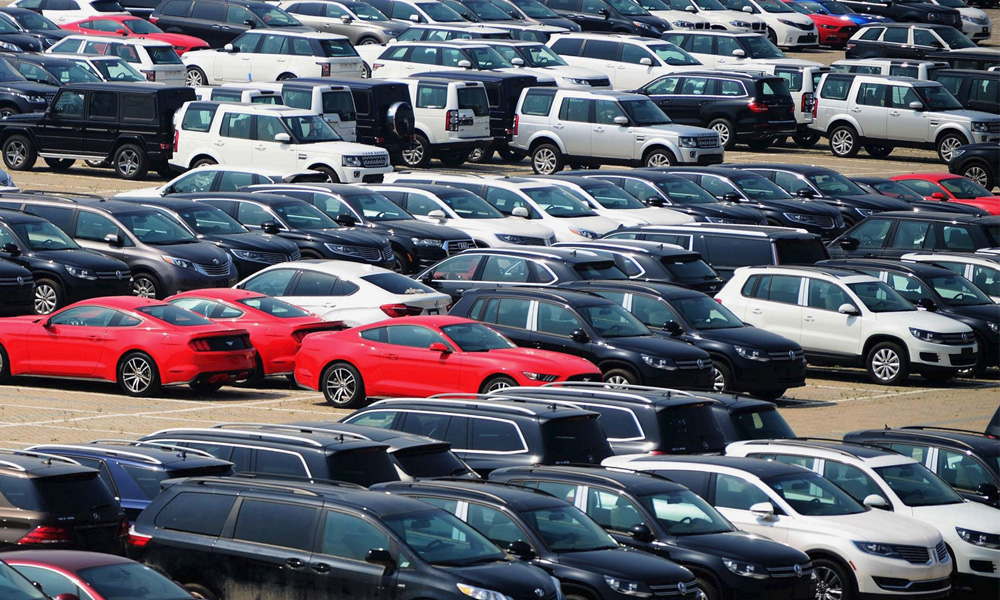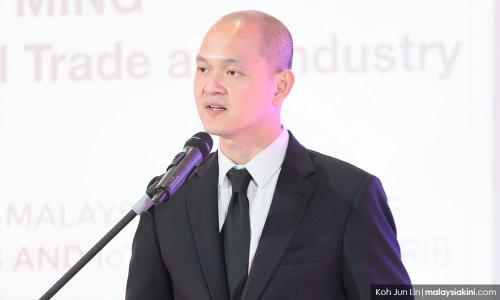Revised National Automative Policy to be wheeled out later this year
The government is expected to unveil the revised National Automotive Policy (NAP) in the second quarter of 2019, which will include various measures to enhance the competitiveness of the industry through future technological trends.
Deputy International Trade and Industry Minister Ong Kian Ming said the new NAP would include next-generation vehicles (NxGV), mobility-as-a-service and Industry 4.0, as well as artificial intelligence.
“The review will focus on new mobility pathways and trends in driving patterns, and it will also be adjusted according to the improvements in public transportation as well as explore on vendor development within the ecosystem,” he told reporters at the Urban Development and E-Mobility Workshop organised by the Malaysia Automotive, Robotics and IoT Institute (MARii) in Cyberjaya today.
The programme was sponsored by the German Federal Ministry for Environment, Nature Conservation and Nuclear Safety, in cooperation with the Malaysia-German Chamber of Commerce.
Also present was Germany’s ambassador to Malaysia, Nikolaus Graf Lambsdorff.
Ong said there are currently about 30 million registered vehicles in Malaysia, and the number is expected to double by 2030.

He stressed that Malaysia aimed to reduce carbon emissions from vehicles by improving the fuel economy level by 2025, in line with the Asean Fuel Economy Roadmap of 5.3L per 100km.
The reduction in emissions was in line with the development of the e-mobility ecosystem in Malaysia, Ong said, adding that international cooperation was crucial in realising the target and Germany is an ideal partner for the Malaysian e-mobility initiative.
“German companies can contribute through technical and professional know-how to spearhead high standards of sustainable and urban concepts in Malaysia,” he said.
Meanwhile, MARii CEO Madani Sahari said Malaysia aspired to develop a mobility ecosystem with a comprehensive, well-planned and intelligent mobility infrastructure, with talent development and business capacities to implement such a goal.
“Germany’s history of sustainable technological innovation is a great example for Malaysia to follow, particularly the mobilisation of business and talent development through the public-private partnerships between government, academia and industry players,” he added.
- Bernama
RM12.50 / month
- Unlimited access to award-winning journalism
- Comment and share your opinions on all our articles
- Gift interesting stories to your friends
- Tax deductable

